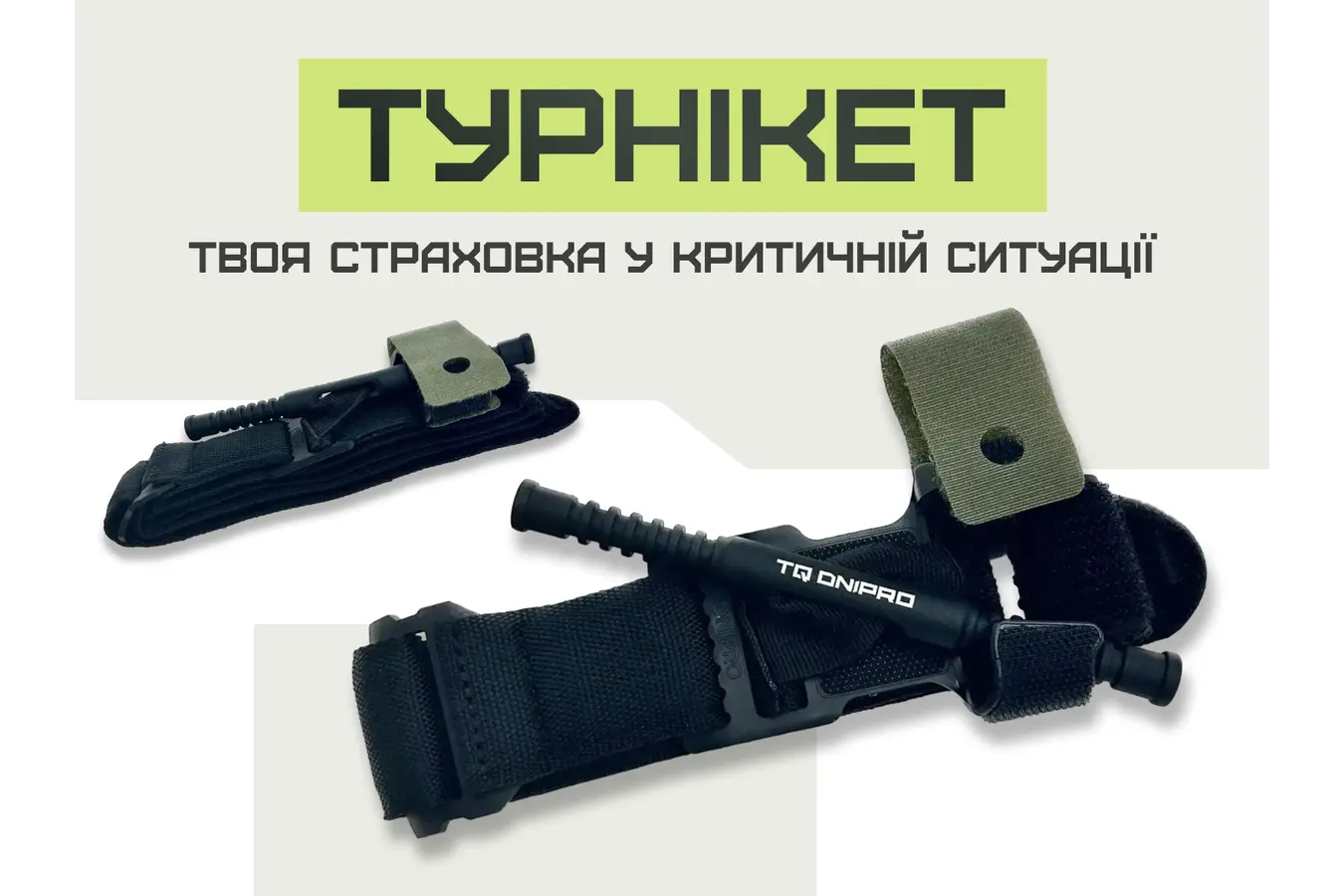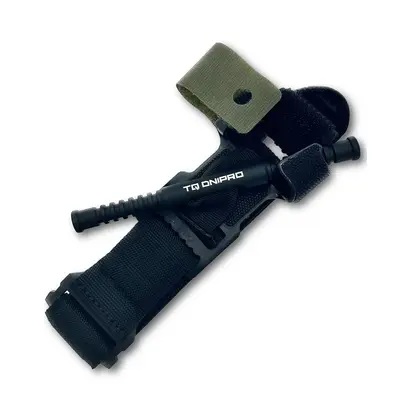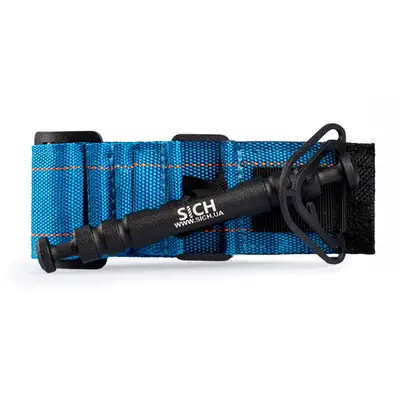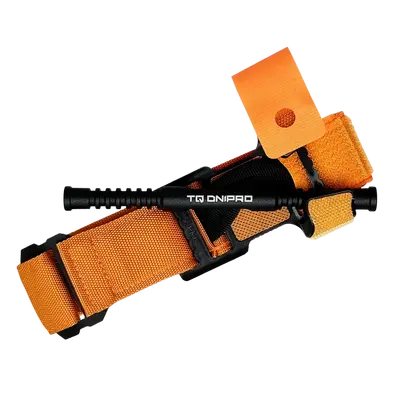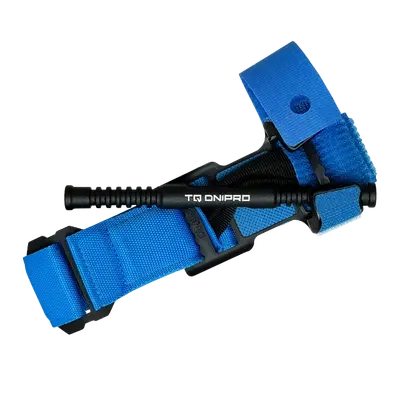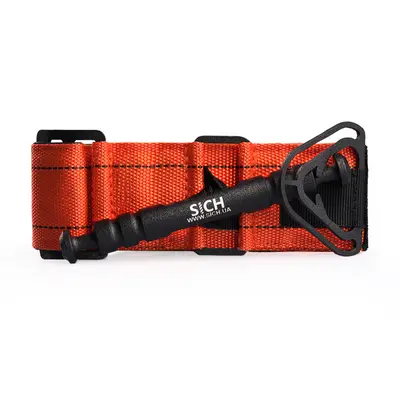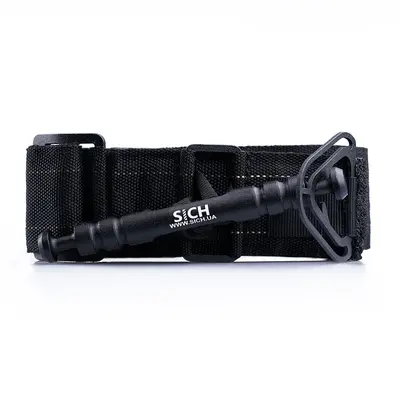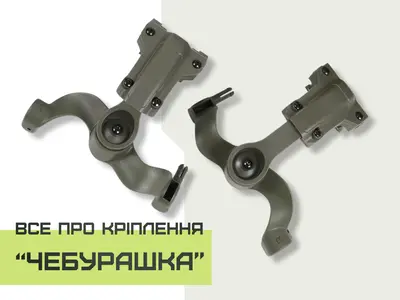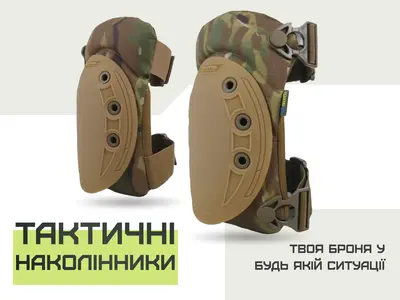Selecting the right tourniquet for military use is a critically important task, especially in situations where rapid and accurate first aid can save lives. A tourniquet is used to stop severe bleeding, and in combat conditions, its use is an essential part of battlefield medical care.
Before purchasing this tool, it is important to carefully understand the key selection criteria, the types of tourniquets, and their specific features.
Key Criteria for Choosing a Military Tourniquet
Although a tourniquet is a fairly simple piece of equipment, it has several characteristics that require attention. To choose a high-quality tourniquet and avoid mistakes, consider the following:
-
Reliability and quality standards
First of all, the tourniquet should be manufactured according to medical and military standards. This ensures its effectiveness in extreme conditions. Certification by military or medical institutions guarantees that the product has passed the necessary tests and can perform in combat situations.
-
Ease of use
The tourniquet should be easy to apply, even with one hand, under difficult conditions or stress. This is crucial, as any extra movements in a critical moment can waste valuable time. The fastening mechanisms should be intuitive and reliable.
-
Durable materials
The tourniquet must withstand extreme operating conditions: heavy mechanical loads, moisture, dirt, and sudden temperature changes. The most durable tourniquets are made from materials such as nylon or polyester, which combine lightness with high wear resistance.
-
Compactness
Functionality is important, but so is convenience for transportation. The tourniquet should fit easily into individual gear and not add extra weight to the soldier. This allows quick access when needed and ensures the tool is always at hand.
It is important to remember that even the best tourniquet is useless if the person using it is not properly trained. Learning the correct application technique is essential. This minimizes the risk of improper use, which can cause additional tissue damage or, in the worst case, necrosis from excessive pressure.
Types of Tourniquets and Their Features
There are several main types of tourniquets, each with unique properties affecting effectiveness and ease of use:
-
Ratchet-style tourniquets
A common type that uses a ratchet and gear system to regulate pressure. This type allows precise control over limb compression, preventing over-tightening. However, it may be more complicated for beginners, especially when applied with one hand.
-
Buckle-style tourniquets
This type uses a strap secured with a metal or plastic buckle. Buckle-style tourniquets are generally simpler to operate but may require experience for fast and precise application under stress. Suitable for beginners learning first aid skills.
-
Twist-style tourniquets (CAT – Combat Application Tourniquet)
The most common and versatile type, featuring a simple design with a strap and windlass to create the required pressure. The CAT tourniquet is known for its reliability and one-handed application, making it one of the best choices for military use.
Disposable models are usually used in emergencies and are not intended for repeated use. Reusable tourniquets, such as CAT, can be used again after proper disinfection.
How to Use a Tourniquet Correctly
Applying a tourniquet requires proper technique. The main rule is to place the tourniquet above the injury site to effectively stop the bleeding.
After application, check that bleeding has stopped and record the time the tourniquet was applied. Prolonged use can cause complications, such as tissue necrosis or nerve damage.
Do not leave the tourniquet on a limb for more than two hours without proper medical care. It is important to transport the injured person to a medical facility as quickly as possible.
How to Identify an Original Tourniquet
Due to the tourniquet’s importance in military settings, counterfeit versions of well-known models, such as CAT or SOFTT-W, often appear on the market. To avoid purchasing low-quality products, pay attention to:
-
Material quality
Original models are made from high-quality materials, such as durable nylon and metal fasteners, while fakes may use cheaper plastics and unreliable components.
-
Certification
The packaging of an original tourniquet includes certification information and usage instructions. Always check the manufacturer’s recommendations.
A tourniquet is one of the most important pieces of medical equipment for military personnel, and choosing the right one can save lives. It is crucial to consider all key factors: reliability, materials, ease of use, and training. You can purchase a tourniquet in our store, where we offer a wide range of products with verified quality and certificates.
